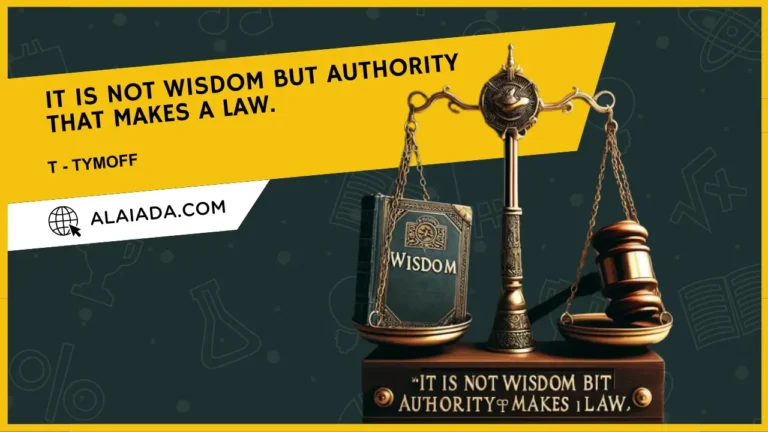Beginner’s Guide to Money: Simple Steps to Take Control of Your Finances

Taking control of your finances is a key step toward building a secure and stress-free future. While it can seem overwhelming, managing your money doesn’t need to be complicated. However, many people struggle with managing their cash flow because they lack the necessary knowledge or tools. Fortunately, there are simple actions that anyone can take to better understand how to manage income, save for the future, and plan for long-term goals.
Here’s how you can take control of your finances:
Assess Your Current Financial Situation
Before you can improve your financial situation, you need to know where you currently stand. This includes taking a close look at your monthly income and expenses. Start by calculating your income, whether from your job, side hustles, or other sources. Next, list out all your regular expenses, including rent, utilities, groceries, and subscriptions. Don’t forget to account for occasional payments, like annual memberships or quarterly bills. Once you have a clear picture of how much money you’re making versus how much you’re spending, it’ll be easier to identify areas where you can cut back or save more.
Understanding Checks and How to Use Them
Checks are an important part of many people’s finances, and understanding how to read and use them correctly can save you from costly mistakes. A check serves as a written order to transfer funds from your account to another party. The basics of reading a check include knowing the significance of each section: the payee’s name, the date, the amount written in both words and numerals, and the signature.
One important skill is understanding the routing and account numbers. These numbers help identify your bank and your specific account. When you’re ready to make a payment via check, ensure that all the information is correct to avoid confusion or errors. Visit https://www.sofi.com/learn/content/how-to-read-a-check/ for helpful resources that can guide you through the process and make this seemingly complicated task a little easier to handle. Learning these basics will keep you confident in handling checks and streamline your transactions.
Set Financial Goals
Setting clear, achievable goals is a critical part of taking control of your finances. It’s much easier to stay focused when you have a roadmap guiding you. Financial goals can be short-term, like saving for a vacation, or long-term, such as purchasing a home or retiring comfortably. The key is to break them down into manageable steps.
For example, if you’re aiming to save for a down payment, start by setting a monthly savings target. Ensure your goals are SMART—Specific, Measurable, Achievable, Relevant, and Time-bound. Having a clear sense of direction makes it more likely that you’ll stay committed and reach your milestones.
Create a Budget and Stick to It
A budget is a simple yet powerful tool that helps you control where your money goes. Without a budget, it’s easy for expenses to get out of hand, and you may find yourself scrambling to make ends meet at the end of the month. To create a budget, list your fixed monthly costs, like rent, utilities, and insurance, and your variable costs, such as food, entertainment, and transportation.
Once you have an idea of where your money is going, you can decide where to cut back. There are several budgeting methods, such as the 50/30/20 rule, which divides your income into needs, wants, and savings. Choose the one that works best for you, and commit to sticking with it. A budget doesn’t have to be restrictive; it simply helps you allocate your funds wisely.
Start an Emergency Fund
Life can be unpredictable, and having an emergency fund is essential to navigating unexpected costs without going into debt. Whether it’s an unforeseen medical expense, car repair, or sudden job loss, this fund offers a safety net when you need it most. You should save at least four to six months’ worth of living expenses.
Start small by setting aside a portion of your monthly income. Even if you can only manage a small amount at first, it’s important to make these savings a regular habit. Keeping your emergency fund in a separate account makes it easier to resist the temptation to dip into it for non-emergencies. This fund provides peace of mind and a sense of control over your financial future.
Manage Your Debt
Debt can hold you back from financial freedom, but managing it effectively can make a huge difference. The first step is to identify all your debts, including credit cards, loans, and any other outstanding payments. Once you know exactly how much you owe, prioritize paying off high-interest debts first. These are usually credit card balances or loans. The snowball method is another popular strategy.
This involves paying off your smallest debts first to gain momentum before tackling larger ones. Whichever method you choose, the goal is to reduce your debt as quickly as possible. Additionally, avoid taking on more debt unless absolutely necessary. If you’re struggling to make payments, consider negotiating with your creditors for lower interest rates or better terms. This way, you can manage your debt more effectively and eventually become debt-free.
Save and Invest for the Future
Saving and investing are key to building wealth over time. While saving provides security, investing allows your money to grow. Start by setting aside a portion of your income into savings accounts or retirement funds like a 401(k) or IRA. The earlier you start, the more you benefit from compound interest. As for investing, explore options like stocks, bonds, mutual funds, and ETFs.
Each investment comes with varying levels of risk, so it’s important to understand the potential rewards and downsides. For beginners, consider starting with low-cost index funds or robo-advisors, which can help you build a diversified portfolio with little effort. By taking small, consistent steps, you can ensure long-term financial growth and a more secure future.
Taking control of your finances may seem like a big task, but it all starts with simple, manageable steps. From understanding how to read checks to creating a budget and setting goals, each action you take will bring you closer to financial independence. Remember, there’s no one-size-fits-all approach—everyone’s financial journey is different.
However, by staying disciplined, continuing to educate yourself, and being proactive in managing your finances, you can achieve long-term stability and growth. The key is consistency, and with time, you’ll see the results of your efforts. Start today, and take charge of your financial future.











